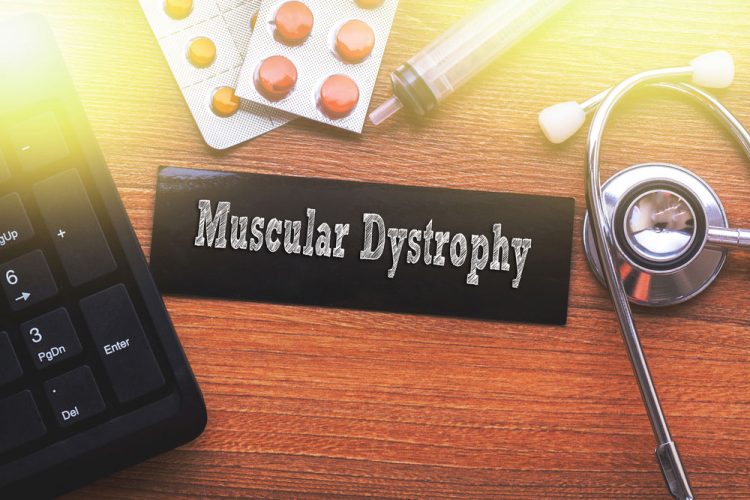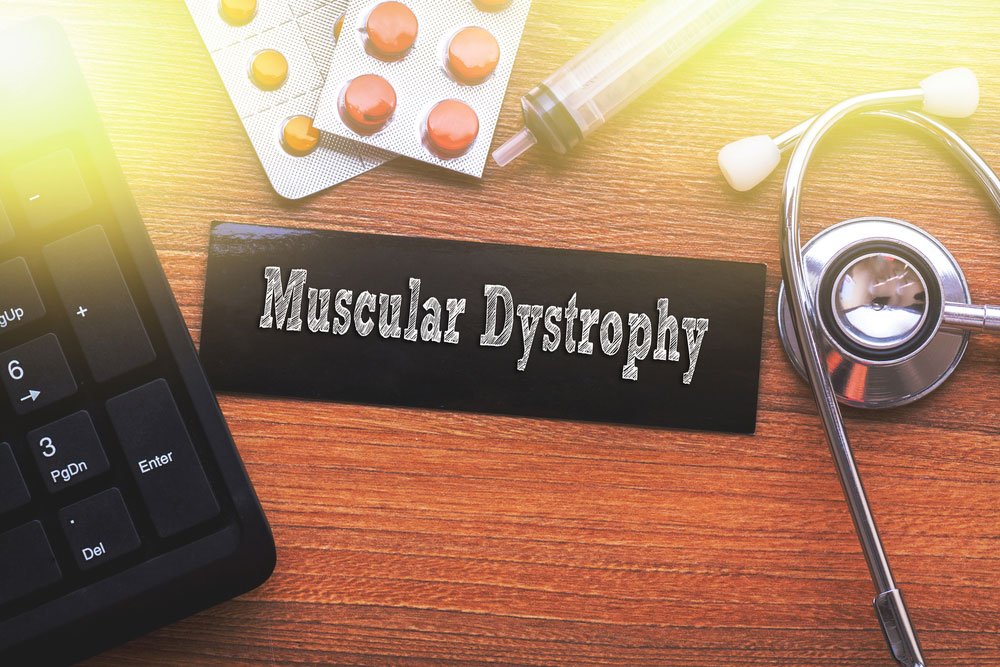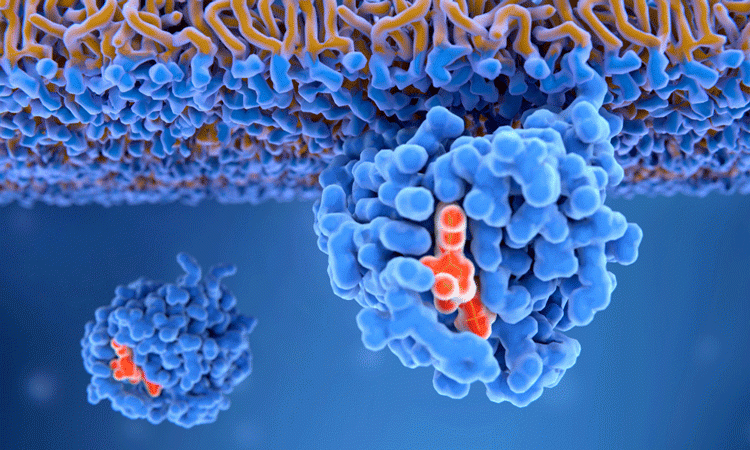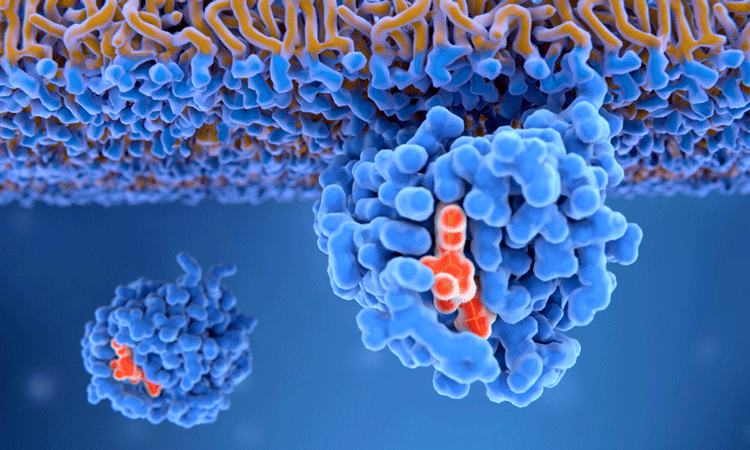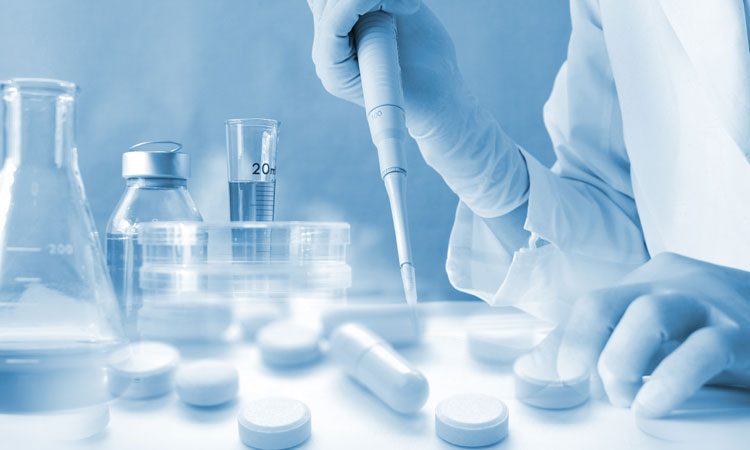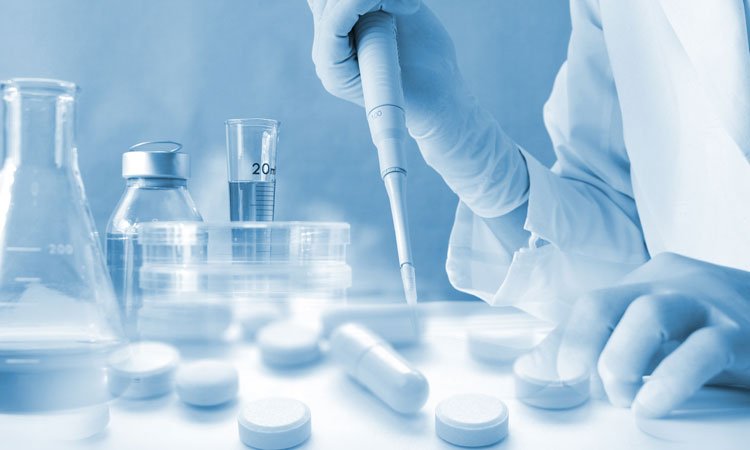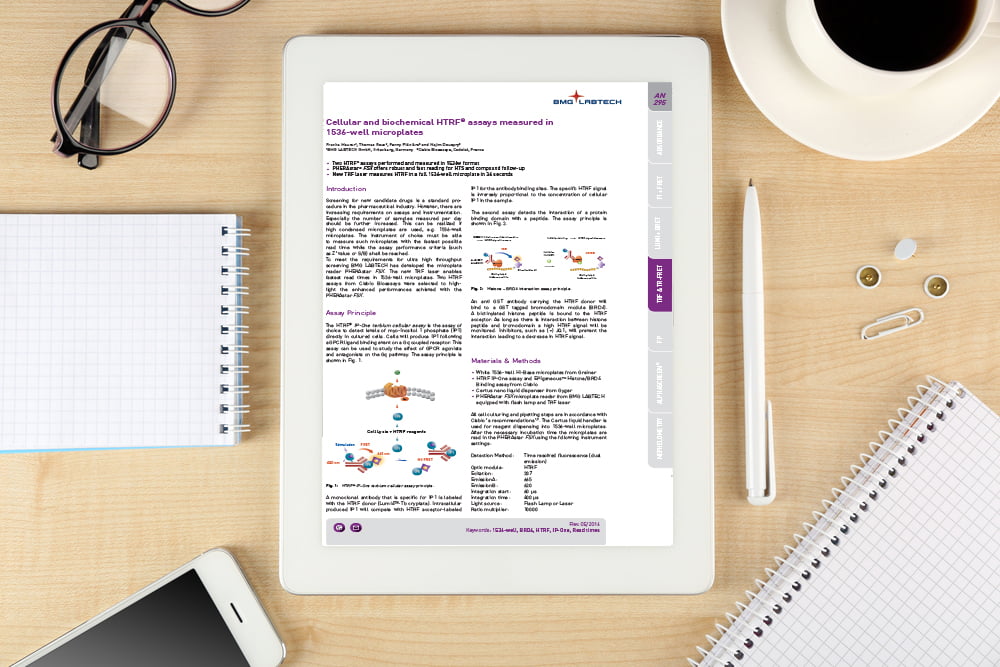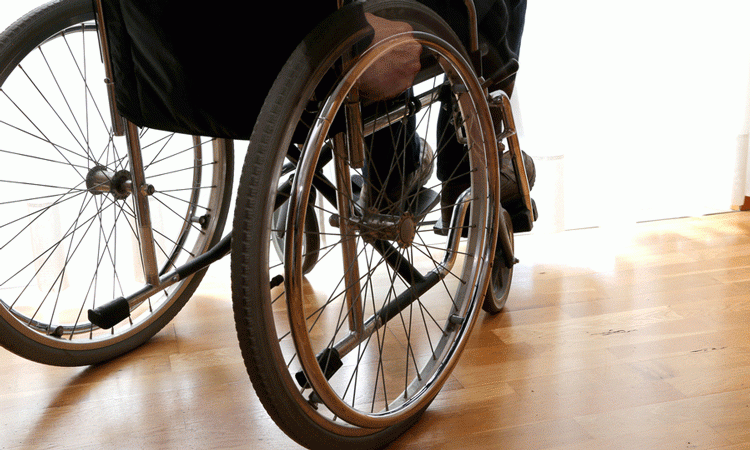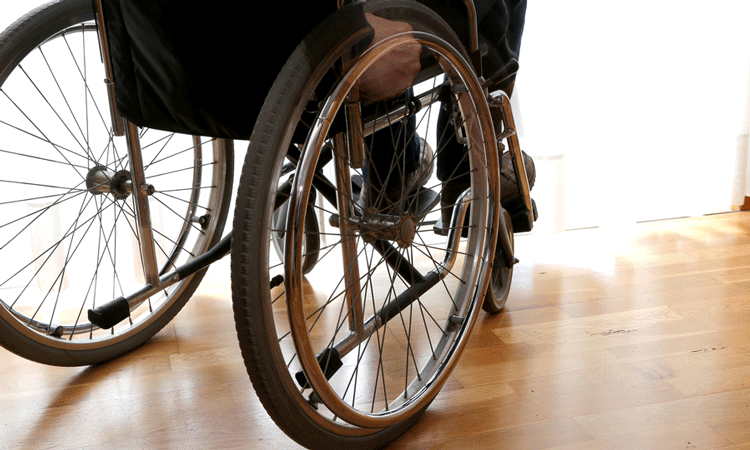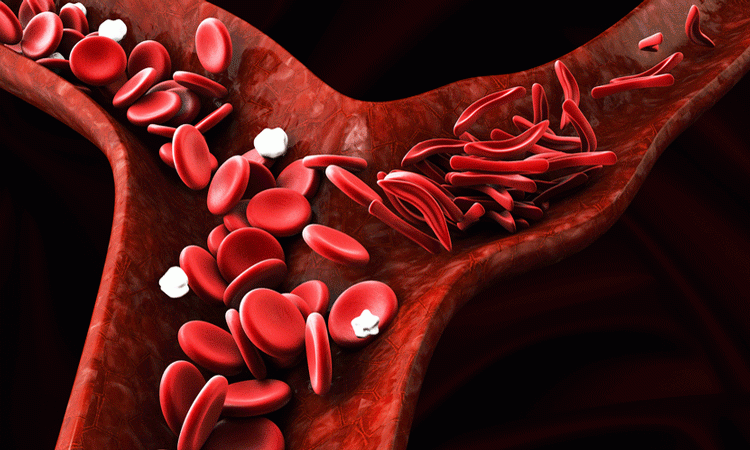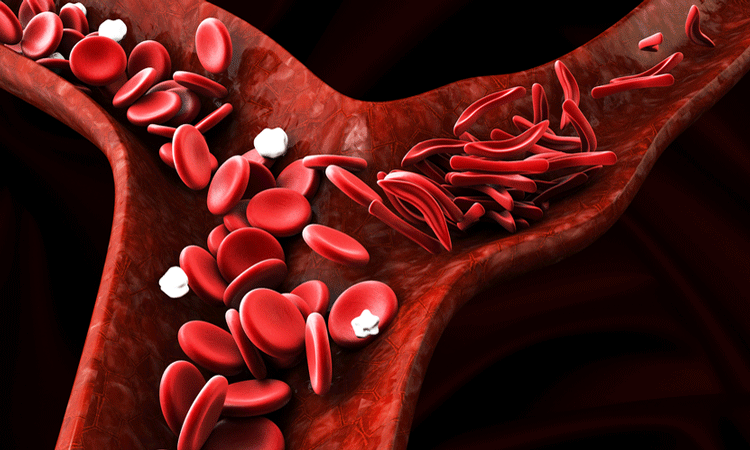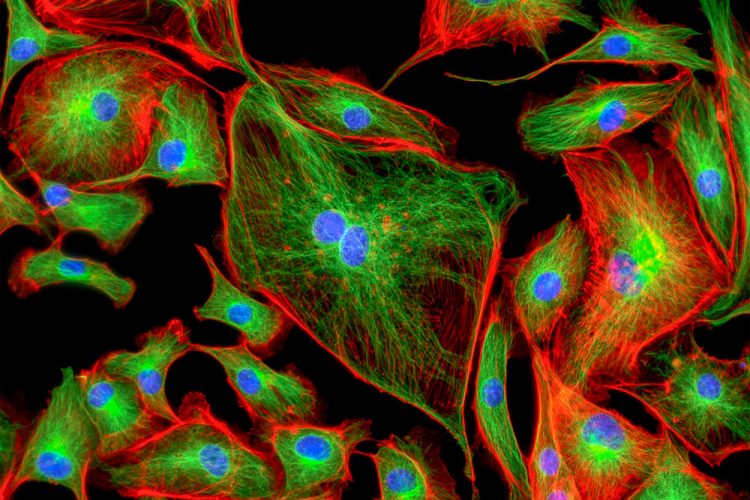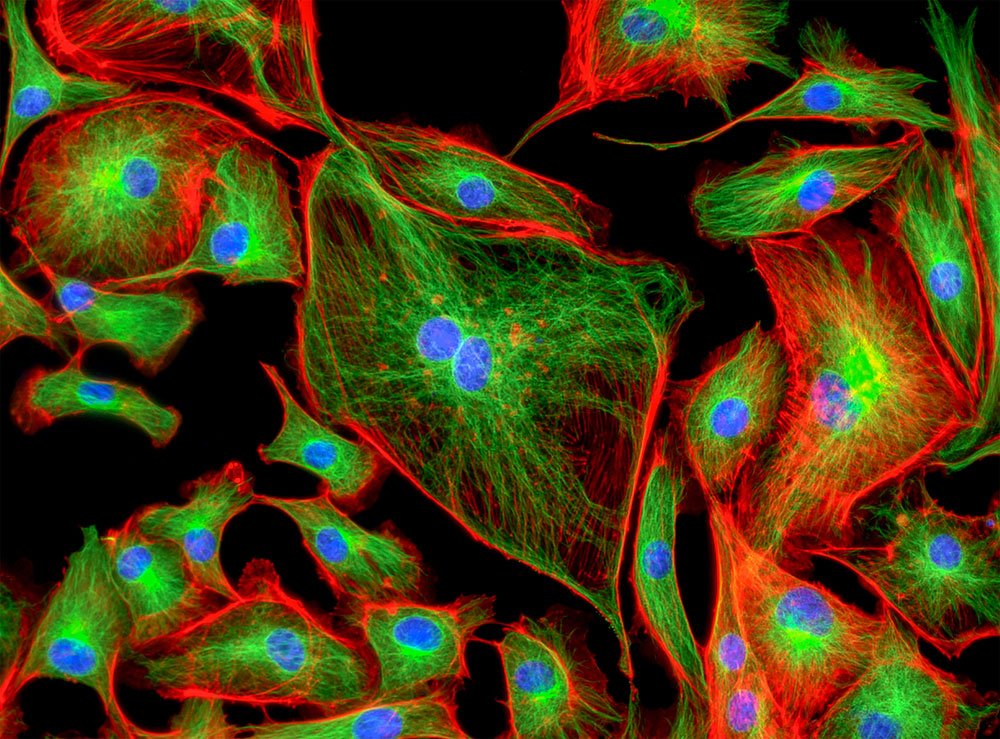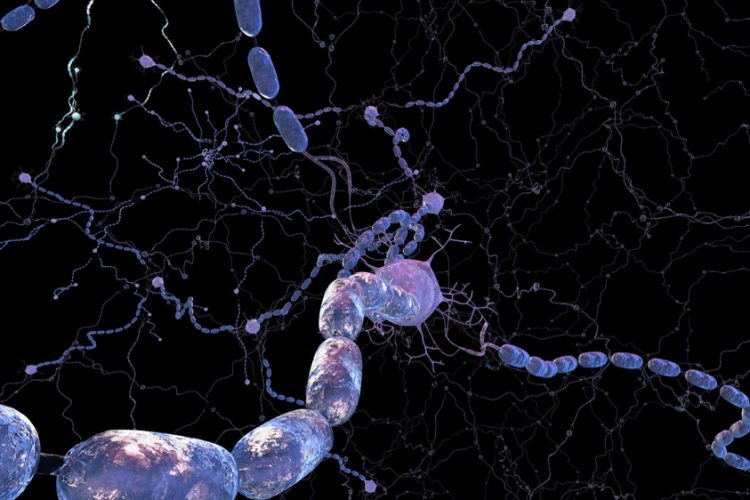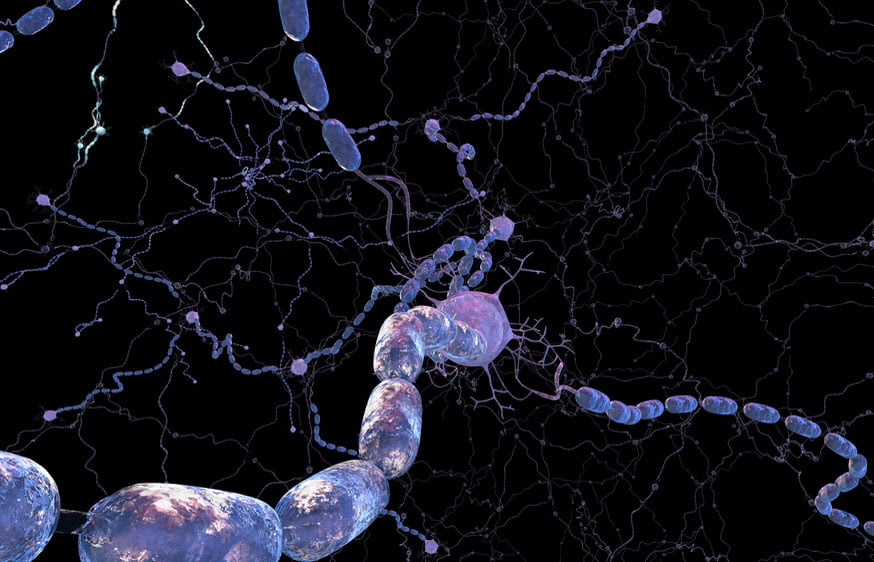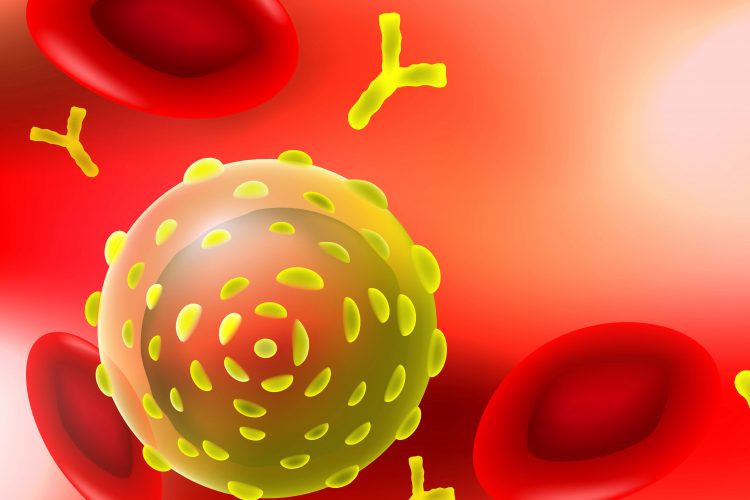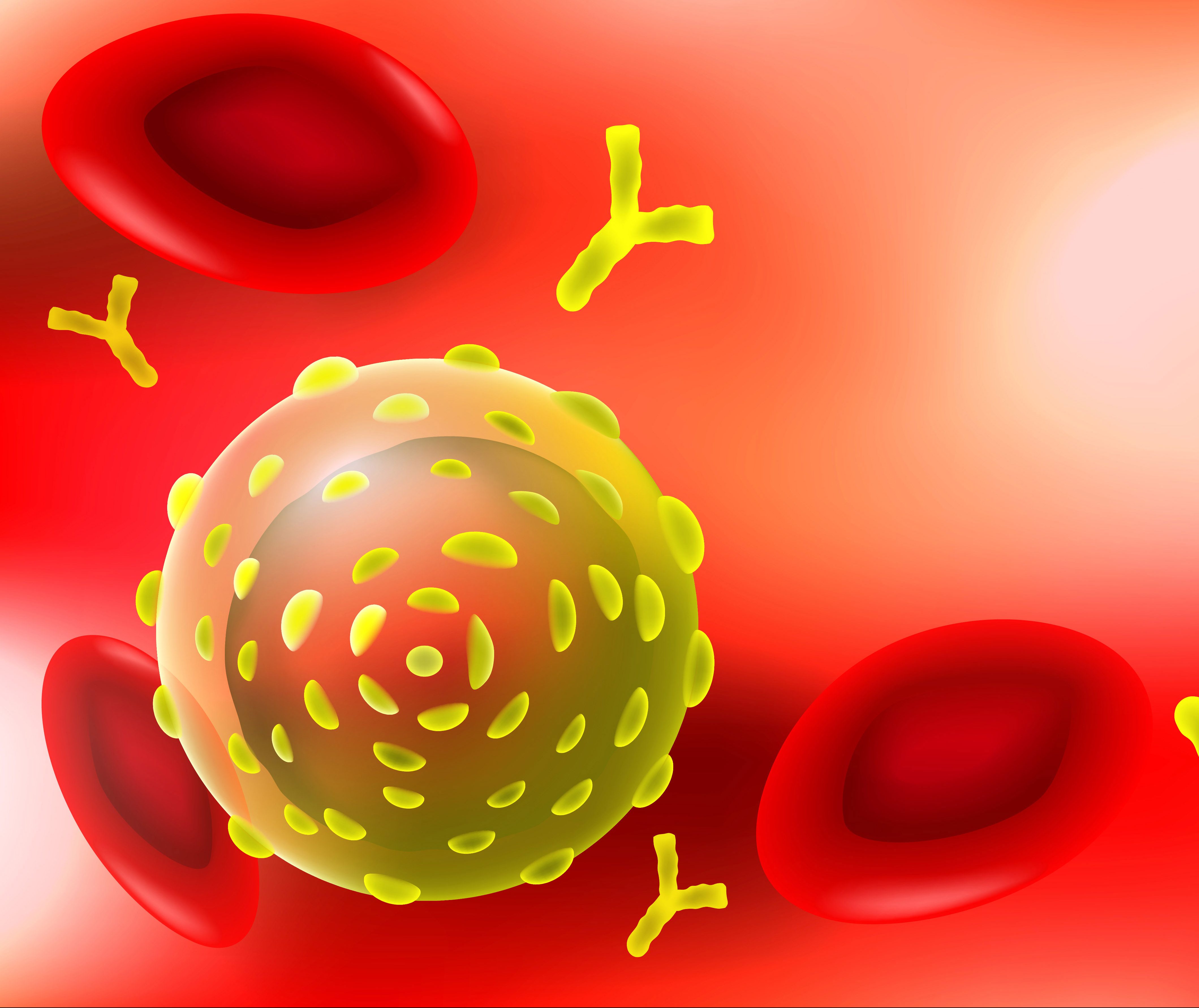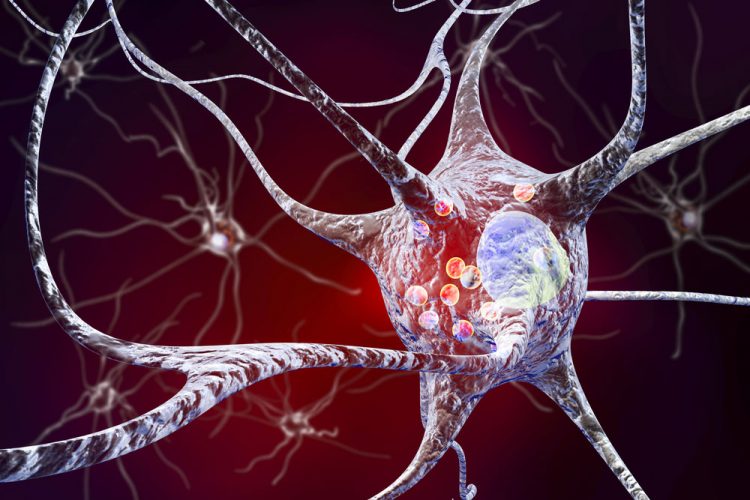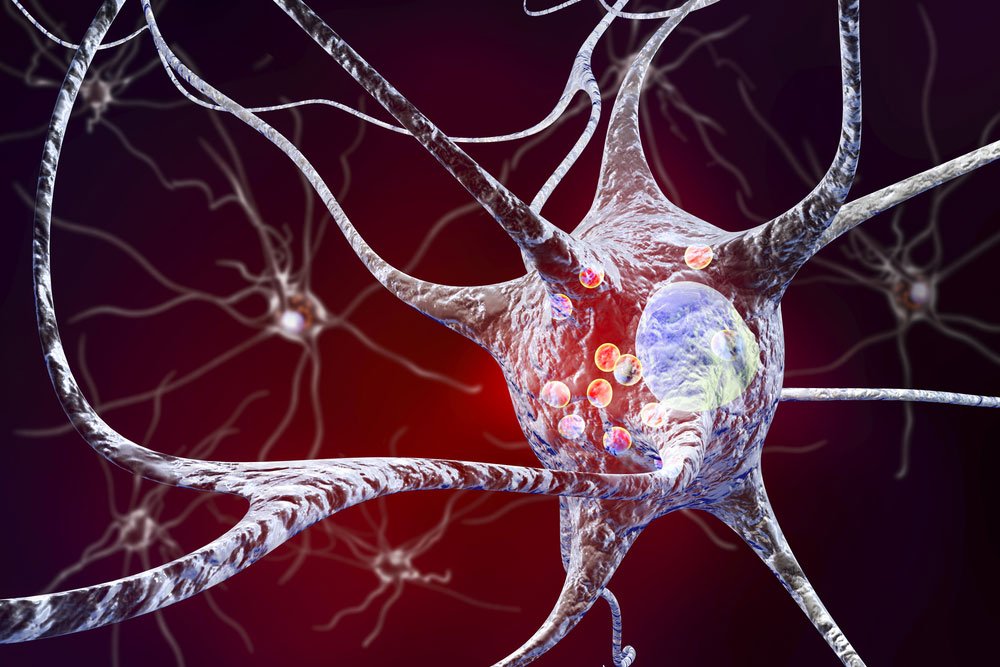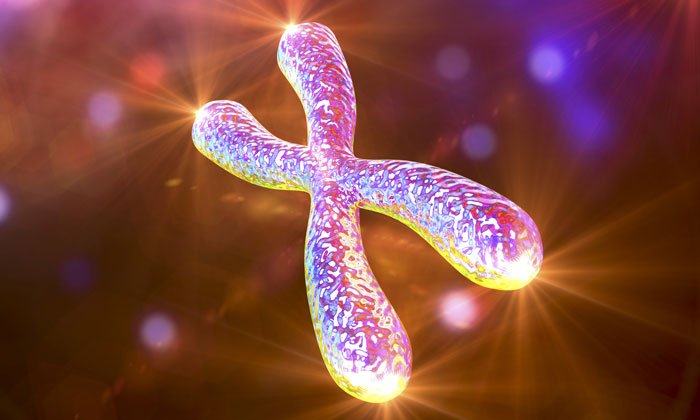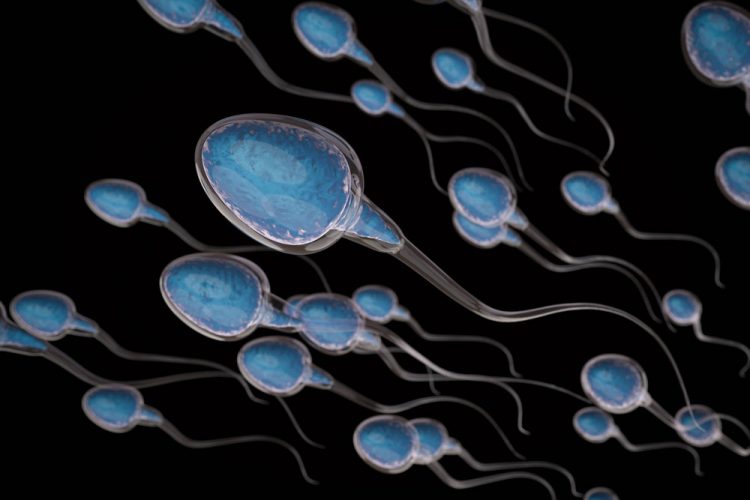List view / Grid view
Protein
Application note: Monitoring receptor ligand binding in living cells
In this application note we will show how a cAMP BRET biosensor can be used to monitor ligand binding with the help of the CLARIOstar microplate reader...
BDNF protein could be key to preserving heart function in DMD
A protein known to drive nerve cell survival in the brain and spinal cord may also protect failing hearts in children and young adults with DMD...
Research into cellular signalling mechanisms may lead to new treatments
Wnt moves to specific areas of the cell membrane, interacting with a receptor known as Ror2, and inducing the formation of a cytoneme...
Upstream cell culture processes for the production of therapeutic proteins
The upstream process encompasses the initial transfections of a gene of interest into host cells, the cloning of cell lines with desirable characteristics (e.g. high productivity) and subsequent scale-up to large scale manufacture.
Application note: Cellular and biochemical HTRF assays measured in 1536-well microplates
The PHERAstar FSX microplate reader has been developed to meet the requirements for advanced high throughput screening. The new laser for Time-Resolved-Fluorescence (TRF) assays enables fastest read times for measurement in 1536-well microplates while keeping an excellent assay performance...
New drug for ALS ready for clinical trials
Previous studies have suggested that a gene therapy drug may be used to treat ALS...
HRI depletion may be effective in treating sickle cell disease
A protein identified in the signalling pathway for haemoglobin production has been identified as a possible target to treat sickle cell disease (SCD)...
From fibroblasts to medicinal signalling cells: a paradigm shift in translational stem cell research
Mesenchymal stem cells (MSCs) are fibroblast-like cells that give rise to mesenchymal derivatives including bone, fat and cartilage cells. In addition to the bone marrow, they can be readily obtained from adult vascularised peripheral tissues including adipose, olfactory, respiratory tissue, and peripheral blood.
Scientists uncover the role of PRMT5 in the production of myelin-forming cells
The discovery is a major step toward understanding the mechanisms of myelin production and the potential for treating certain central nervous system diseases...
IgE protein may protect against skin cancer
The components of the immune system that trigger allergic reactions may also help protect the skin against cancer, suggest new findings...
How does Parkinson’s disease develop?
Study raises doubts on a previous theory of Parkinson’s disease...
Novel drug therapy partially restores hearing in mice
A small-molecule drug is one of the first to preserve hearing in a mouse model of an inherited form of progressive human deafness, report investigators at the University of Iowa, Iowa City, and the National Institutes of Health’s National Institute on Deafness and Other Communication Disorders (NIDCD).
Scientists uncover the mechanism by which cancer cells resist ageing
Scientists in the U.S. have found that human lung cancer cells resist dying by controlling parts of the ageing process. The discovery could help us better understand ageing and eventually lead to new treatments for cancer.
CLR01 protein found in semen increases the spread of Ebola virus infection
Penn study suggests that targeting amyloid fibrils could prevent sexual transmission...





